Rests in music are, if you’re unaware, just as essential as the music notes themselves.
They shape the rhythm, create pauses for tension and release, and make room for your sound to really shine.
Plus, they help your tracks feel more dynamic and professional by allowing key elements to breathe and make a statement.
As a producer, learning all about rests in music can open up creative possibilities 一 giving you greater control over your track’s overall flow and impact.
That’s why we’re breaking down everything about rests in music, like:
- Different types of rests & how note values relate to rests (like an eighth rest or whole note rest) ✓
- Using quarter, half, and whole rests ✓
- Special rests like dotted and semiquaver rests ✓
- How to work with rests in different time signatures ✓
- Syncopation and rests in modern music ✓
- Expert tips for using rests in your DAW ✓
- Rest symbols (rest symbol tips as well) ✓
- Advanced techniques for adding rests to your tracks ✓
- Visual representation of rests in sheet music ✓
- Much more about rests in music ✓
After this article, you’ll know everything about different rests in music, from the basic quarter rest to advanced concepts like dotted rests and syncopation.
And, everything in between as well.
This way, you can master rhythmic variation, create space in dense mixes, and use rests to enhance your transitions.
Plus, successfully applying rests will make your arrangements feel polished, versatile, and engaging like never before (plus up your theory game as well, which is a plus).
So, let’s dive in…
Table of Contents
Rests in Music: Breaking it Down
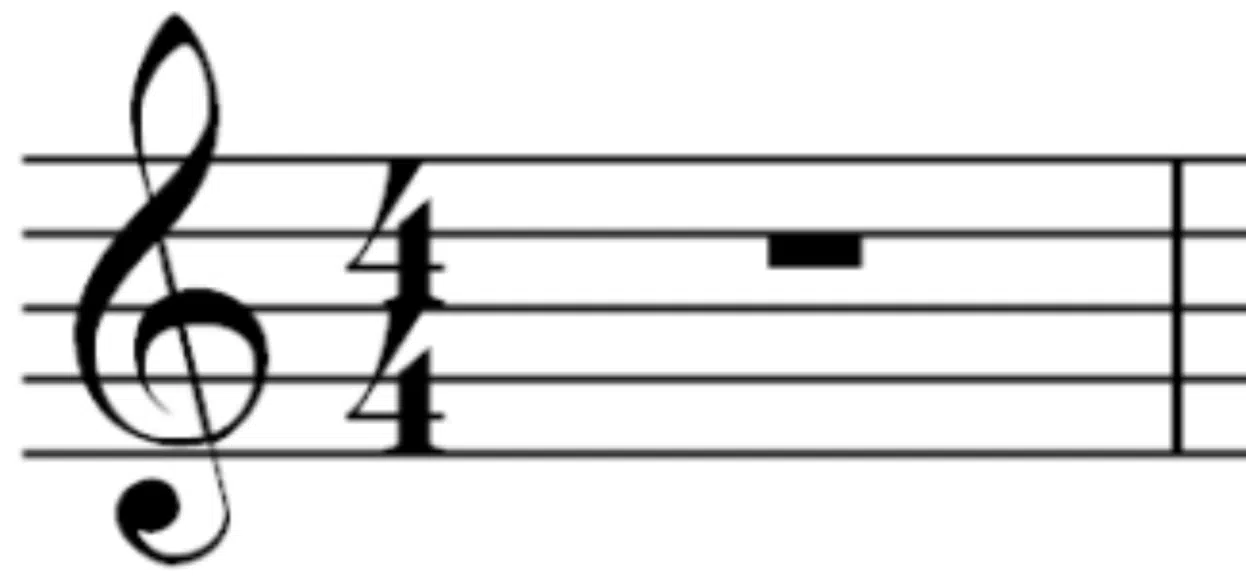
Rests in music signify a deliberate moment of silence in your track, letting the rhythm breathe and giving your listeners a break between sound events.
They directly correspond to specific note values, such as:
- Whole notes/whole note rests
- Half notes
- Quarter notes
- Eighth notes
Understanding these relationships is crucial to mastering rhythm.
For example, using a quarter rest in a hip-hop beat can create space for a vocal line to shine, while a half rest in EDM can emphasize a drop.
As a producer, learning how to strategically place rests will elevate your tracks 一 making them more professional and impactful.
Don’t worry, we’ll be breaking down everything in detail so you can really get a solid understanding and start making your tracks very dynamic.
Understanding Note Values and Rests
To use rests like a boss, you need a clear understanding of different values and how they correspond to rests. Each rest functions as a counterpart to its respective note, creating balance between sound and silence in your music. Let’s break it down.
-
What is a Whole Note and Whole Rest?

The whole note is one of the longest note values in music, lasting for four beats in standard 4/4 time.
Its counterpart, whole note rests, also spans four beats of silence, providing a complete general pause for an entire measure.
You’ll often see whole rests in music used in slower, atmospheric genres like ambient or orchestral arrangements, where silence plays a huge role in creating emotional space.
For example, if you’re producing a cinematic score, using a whole rest allows the reverb and delay tails to fully decay, creating a vast sense of space.
In EDM, on the flip side, a whole rest before a drop can build tension and give the following section way more impact.
When programming in your DAW, placing a whole rest after a build-up can seriously emphasize the next sound that comes in in the same way.
-
Half Note and Half Rest: Explained

A half note rest lasts for two beats, which means a half rest (its silence counterpart/corresponding rest) also takes up two beats in your composition.
The half rest is perfect for creating smoother transitions in slower genres like lo-fi or even ballads, if that’s your kind of thing.
For example, if you’re making a lo-fi track, inserting a half rest between chord changes can give the track a more relaxed and laid-back vibe.
It lets your listeners focus on the atmospheric elements like vinyl crackle or background noise 一 enhancing that more immersive vibe.
In a more upbeat track, using a half rest in a breakdown section gives room for effects like a rising synth or filtered noise to take center stage without competing with other elements.
When composing, placing half rests can help you control the flow and give emphasis to key moments in the song, as we’ll talk about in a little bit.
Side note, if you ever hear the term “minim rest,” just know that’s the same exact thing as a half note rest.
-
A Quarter Note Rest and Quarter Rest Basics

A quarter note rest (also known as a ‘crotchet rest’) is one of the most commonly used note values in the game, representing one beat in 4/4 time.
Its counterpart, the quarter rest, indicates one beat of silence and is very important for creating tight, punchy rhythms in genres like trap, pop, or hip-hop.
For example, you can use a quarter rest to break up a repetitive hi-hat pattern so other elements, like a snare hit or vocal sample, to stand out more clearly.
In trap music, for example, using quarter rests in your hi-hats can make the beat feel more syncopated 一 creating an off-beat groove that feels dynamic/unexpected.
In your DAW, programming quarter rests between percussion hits or synth stabs can also create breathing room in the mix to make your track feel more polished.
The Different Types of Rests in Music
When it comes to creating powerful tracks, understanding the different types of music rests (and different rest symbols) is key as well. Each rest serves a specific purpose, and knowing when to use them can give your track the space it needs to breathe and evolve. So, let’s get into it.
-
Eighth Rest and Eighth Note Rest

An eighth note is half the length of a quarter note, lasting half a beat in 4/4 time and, on the same note, the eighth rest represents half a beat of silence.
These rests in music are commonly used in fast-paced genres like trap, dubstep, or drum and bass, where rhythms can become dense and complex.
For example, if you’re building a trap beat, you can use an eighth rest between hi-hat patterns to create intricate, syncopated rhythms that give your track more bounce.
This can also help create a call-and-response effect between different percussion elements, such as kicks and snares.
In your DAW, inserting eighth rests between quick percussion hits can provide just the right amount of space to make your beat feel tighter and more controlled.
Especially when working with rapid tempos, of course.
-
Sixteenth Rest and Sixteenth Note Rest

The sixteenth note, which lasts for one-quarter of a beat, is one of the quickest note values around, mostly found in fast, high-energy tracks.
Its counterpart, the sixteenth rest, also lasts for one-quarter of a beat for a very brief moment of silence.
You can use sixteenth rests to create sharp, staccato rhythms in genres like techno, dubstep, or trap, where precision and speed are key.
For example, if you’re programming fast synth arpeggios or rapid hi-hat rolls, strategically placing sixteenth rests can break up the pattern.
Just enough to keep it from sounding monotonous, while still maintaining the drive of the track, which is what you should be aiming for (that perfect balance).
This technique can make your track sound more professional by adding subtle, almost imperceptible spaces that give the listener time to absorb each individual hit.
Believe me, on a subconscious level, this makes a big difference.
-
Dotted Quarter Rest: When to Use It

A dotted quarter rest lasts for one and a half beats and combines the length of a quarter rest with an additional eighth rest.
These rests in music are perfect for adding a touch of unpredictability to your rhythms, making it especially useful in genres that play with syncopation, like:
- Jazz
- Certain experimental electronic styles
- Even more obscure/hybrid combos
In hip-hop or R&B, for example, using a dotted quarter rest in your drum pattern can shift the groove slightly off the expected downbeat, creating a chill, swung rhythm.
In your DAW, you can experiment with dotted quarter rests by placing them after a snare hit to let the reverb tail ring out longer so your beat has a more atmospheric feel.
Mastering the use of dotted rests can help add complexity and depth to your tracks, without overwhelming the listener with too many sound elements at once.
When that happens, people usually just turn it off or get an unpleasant feeling because the brain does not tolerate that kind of thing very well, so keep that in mind.
Time Signatures and Rests
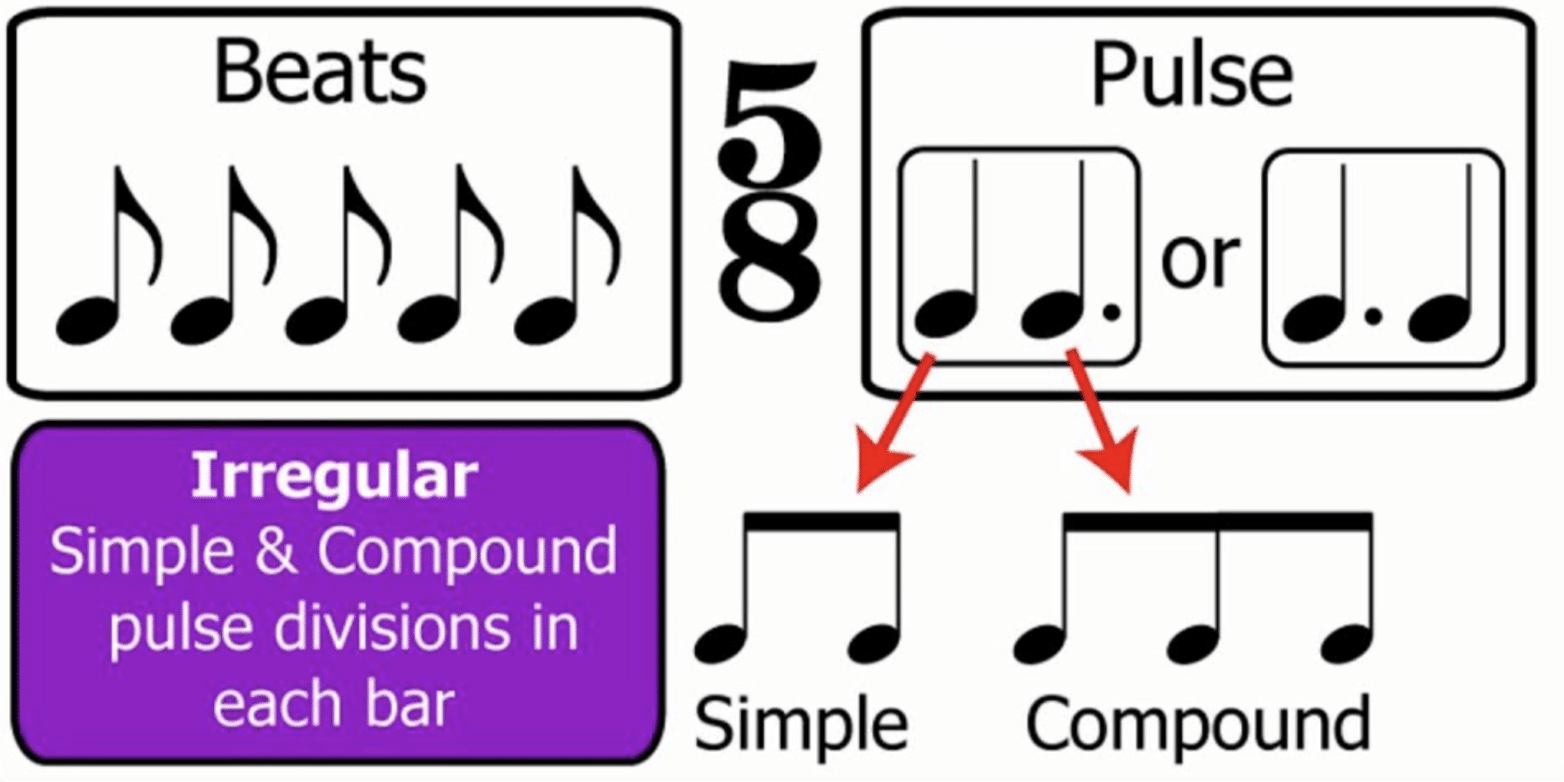
To put it simply, time signatures dictate how many beats are in each measure.
In a common time signature like 4/4, a whole note rest and half note rest are more predictable; appearing in standard locations.
However, if you’re working in a more complex time signature like 7/8 or 5/8 (shown above), rests can give your rhythms a more ‘off-kilter’ feel 一 creating unique syncopation patterns.
For example, in 7/8, using a quarter rest at the end of each measure can give your track a sense of unexpected pause, which is perfect for genres like progressive house.
I wouldn’t recommend doing that all the time, but it certainly has its place.
Understanding how rests work within different time signatures can help you break free from predictable rhythms and keep your audience engaged.
Visual Representation of Rests in Music Notation
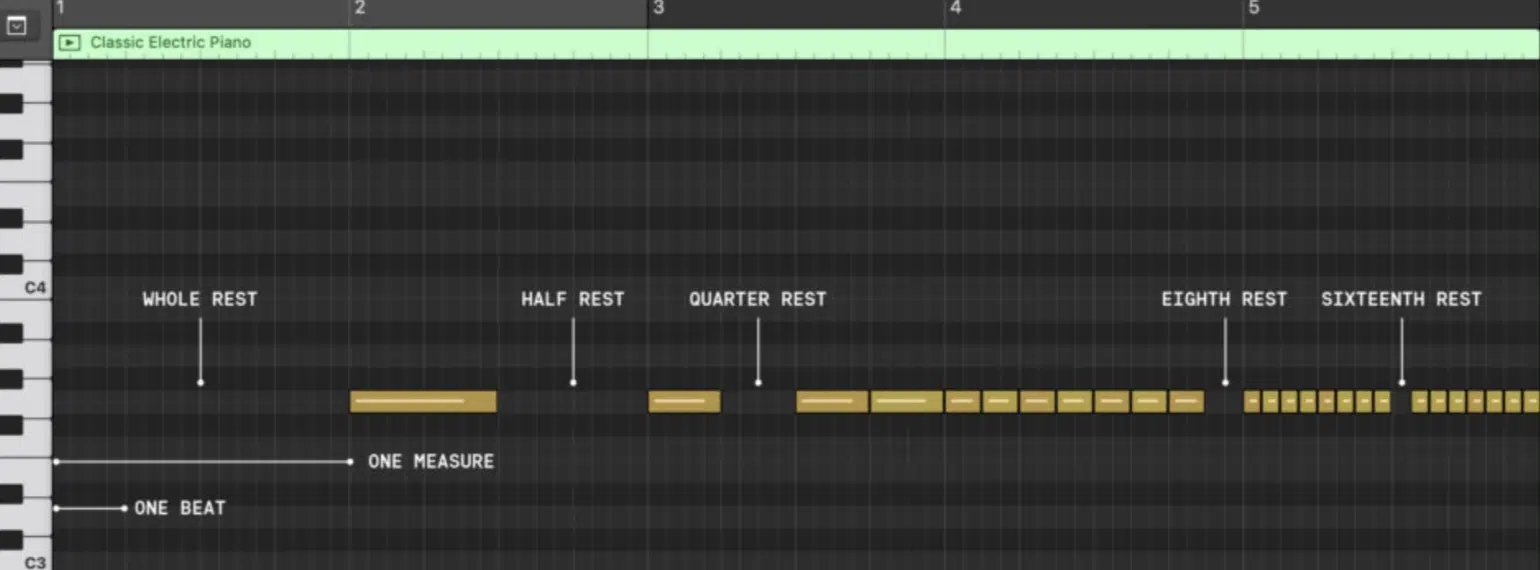
Rests are (in modern music) notated differently depending on their length, and knowing how they look in sheet music can help you translate these pauses into your DAW.
Or, even when reading music for live instruments if that’s your thing.
A whole rest, represented by a small rectangle hanging from the fourth line of the musical staff, signals an entire measure of silence
A half rest, which sits on top of the third line of the staff, represents two beats of silence
Quarter rests look like a squiggly vertical line 一 these shorter pauses last for one beat and can help break up dense rhythmic patterns.
Knowing these visual cues can help you identify when to introduce pauses in your arrangement.
For example, if you’re working on a remix, looking at the original track’s sheet music and spotting rests can show you where to place breaks and silences to enhance transitions.
These rests can guide you on when to pull back on certain elements like drums or synths so other parts of the mix (like vocals or atmospheric effects) can shine during key moments like they’re supposed to.
You can also use rests to enhance transitions between sections, like dropping a whole rest right before a drop to make it hit even harder when the beat returns.
Advanced Rests in Music Concepts
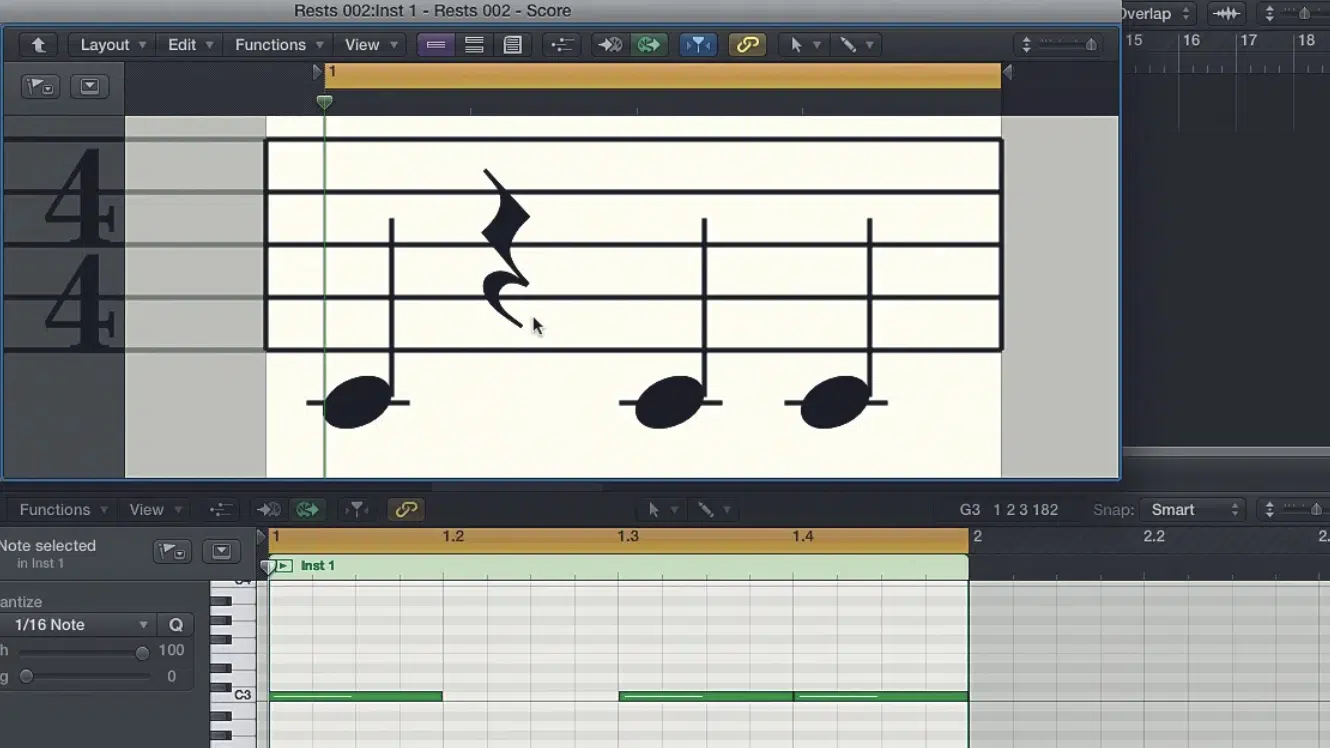
Rests in music offer more than just silence so you can play around with:
- Tension
- Pacing
- Syncopation
This is especially true when working with complex rhythms or genres like jazz or electronic experimental music as we talked about.
A well-placed dotted quarter rest, for instance, can delay a key rhythmic hit just long enough to create an unexpected groove.
While a sixteenth rest can tighten up rapid percussion or hi-hat patterns.
In a more modern context, rests can also help highlight the sound design by allowing reverb and delay tails to fully decay, as seen in minimal techno or ambient genres.
Also, don’t overlook the power of a general pause or bar’s rest to create sudden, dramatic silences in your track 一 especially useful in breakdowns or before a big drop.
If you’re crafting a trap beat, try adding a whole bar rest before the drop to intensify the impact when the bass hits.
-
Pro Tip: The Role of Silence in Music Composition
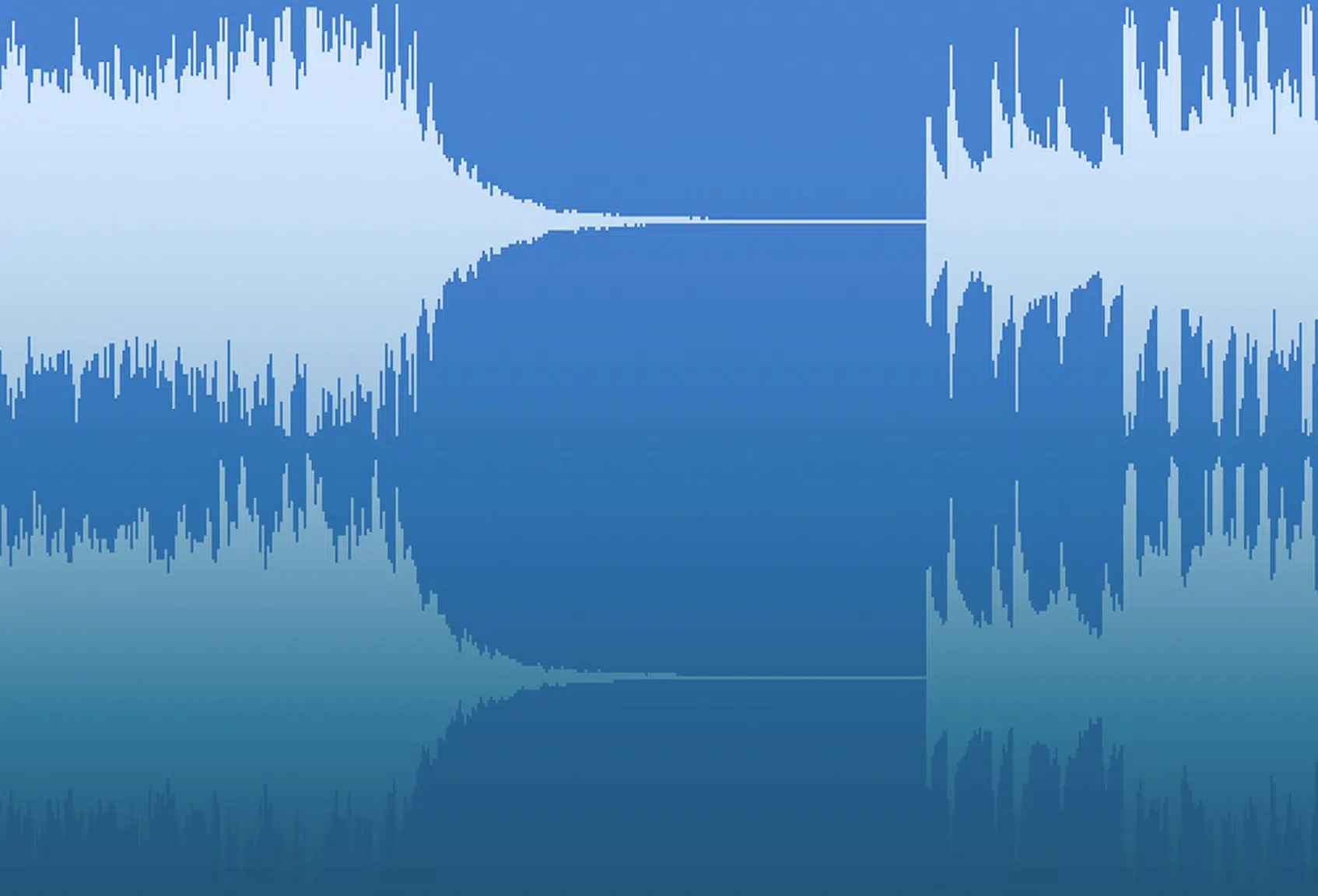
I cannot emphasize how impactful silence is… It’s just as important as the musical notes/musical phrases themselves (as I’m sure you’ve heard before).
By strategically placing rests, especially quarter or eighth rests in music, you can create epic tension and release that guides your listeners through your track.
For example, in trap or hip-hop, leaving a quarter rest right before the snare hit on the second beat adds a bit of unpredictability 一 making the beat feel more alive.
Remember, as I said before, silence between intense sections of a track, such as a breakdown followed by a heavy drop, allows the energy to build and make the drop pop.
Rests in Music: Final Thoughts
As producers, knowing all about rests in music can seriously level up your tracks.
Rests in music not only help you create space and dynamics but also provide a way to control the flow of your track so different elements can stand out.
Plus, learning how to strategically place rests in music can help you create tension, emphasize transitions, and understand the relationship between sound and silence.
This way, you’ll be able to create more engaging rhythms, manipulate pauses, and keep listeners hooked all day long.
If you’re looking to apply what you’ve learned about rests in music and music theory in your own productions, check out these epic Free Project Files.
These project files, available for Ableton, FL Studio, and Logic Pro, let you see exactly how professional-quality tracks are built (from start to finish).
You’ll get 3 complete project files that include polished, perfectly processed arrangements that’s like having the cheat codes to production.
They’re royalty-free, which means you can use them in your beats while also learning key aspects of music theory 一 like rests, timing, and arrangement.
Whether you’re working in hip-hop, pop, EDM, or any other genre, these files can help you understand how rests are used effectively to create space and dynamics within a track.
By incorporating the techniques from this article, not only will you enhance your music theory knowledge, but you’ll also improve the quality/professionalism of your tracks.
Remember, the better you know the basics of theory, like rests in music, the better you can break the rules.
Until next time…







Leave a Reply
You must belogged in to post a comment.